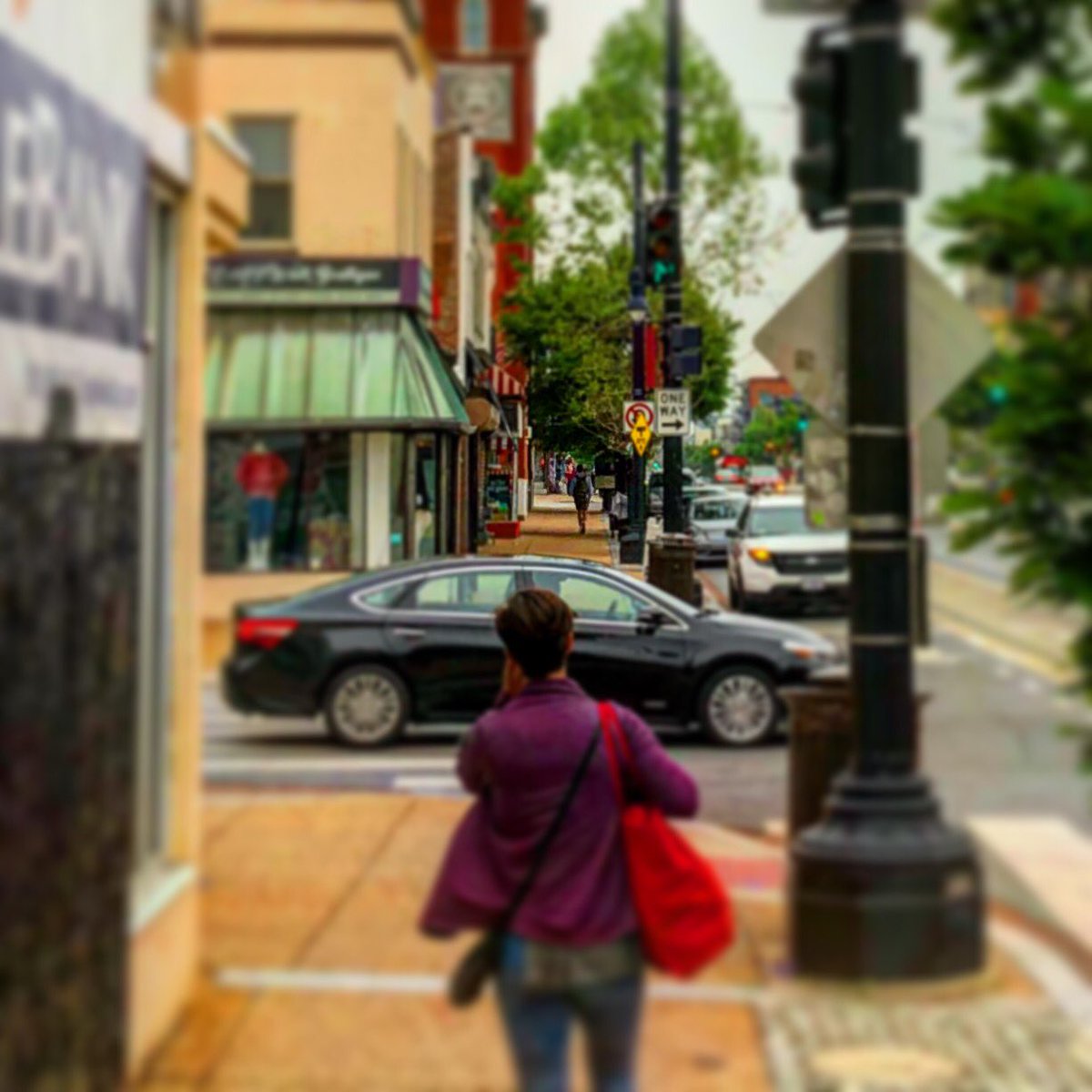Legal right turns on red are practically a given at intersections from rural Oklahoma to urban Boston. But it wasn't always so.
It wasn't until the 1970s that allowing drivers to turn right during the red signal phase became common across the country, says Bill Schultheiss, a civil engineer at Toole Design Group who specializes in bike facilities.
Precipitated by the OPEC oil embargo, the Energy Policy and Conservation Act of 1975 required states to allow rights on red to receive certain federal funds. Decades later, every state in the U.S. allows rights on red everywhere -- other than New York City -- except when prohibited by signage.
Letting drivers turn on red can save gas, but there is a trade-off. Though recent studies are lacking, the body of research shows that allowing rights on red compromises safety for people who walk and bike.
Permitting rights on red increases pedestrian crashes by 60 percent and bike crashes by 100 percent, the Insurance Institute for Highway Safety found in the 1980s.
A 1995 NHTSA report [PDF] found that the number of right-on-red fatalities was relatively small -- about 84 a year -- but that 44 percent of the victims were pedestrians, and another 10 percent were bicyclists. Over the 11-year study period, the report stated that 924 people were killed in right-on-red crashes. More than 500 of those killed were people walking and biking.
Injury figures were much higher. For instance, in right-on-red crashes in Indiana, Maryland, and Missouri between 1989 and 1992, injuries occurred at 100 times the rate of fatalities.
With U.S. pedestrian fatalities rising year after year, Schultheiss says it's time to rethink right-on-red as the default in densely populated places where lots of people walk.
"Should there be right turn on red in a central business district where there’s a whole lot of pedestrians?" Schultheiss said. "It doesn’t make a lot of sense."
Schultheiss has been doing some work on H Street in Washington, a walkable corridor where the city has made major investments, including the DC streetcar. But though traffic is so intense that right turns on red are practically impossible, it's still technically allowed. As a result, pedestrians must constantly watch for motorists attempting to turn, often while blocking a crosswalk.
Since it challenges 40 years of bad design habits, Schultheiss said prohibiting rights on red is "a paperwork nightmare," so engineers are "reluctant to do it."
"It's just another example where we prioritize mobility over safety," he said.





